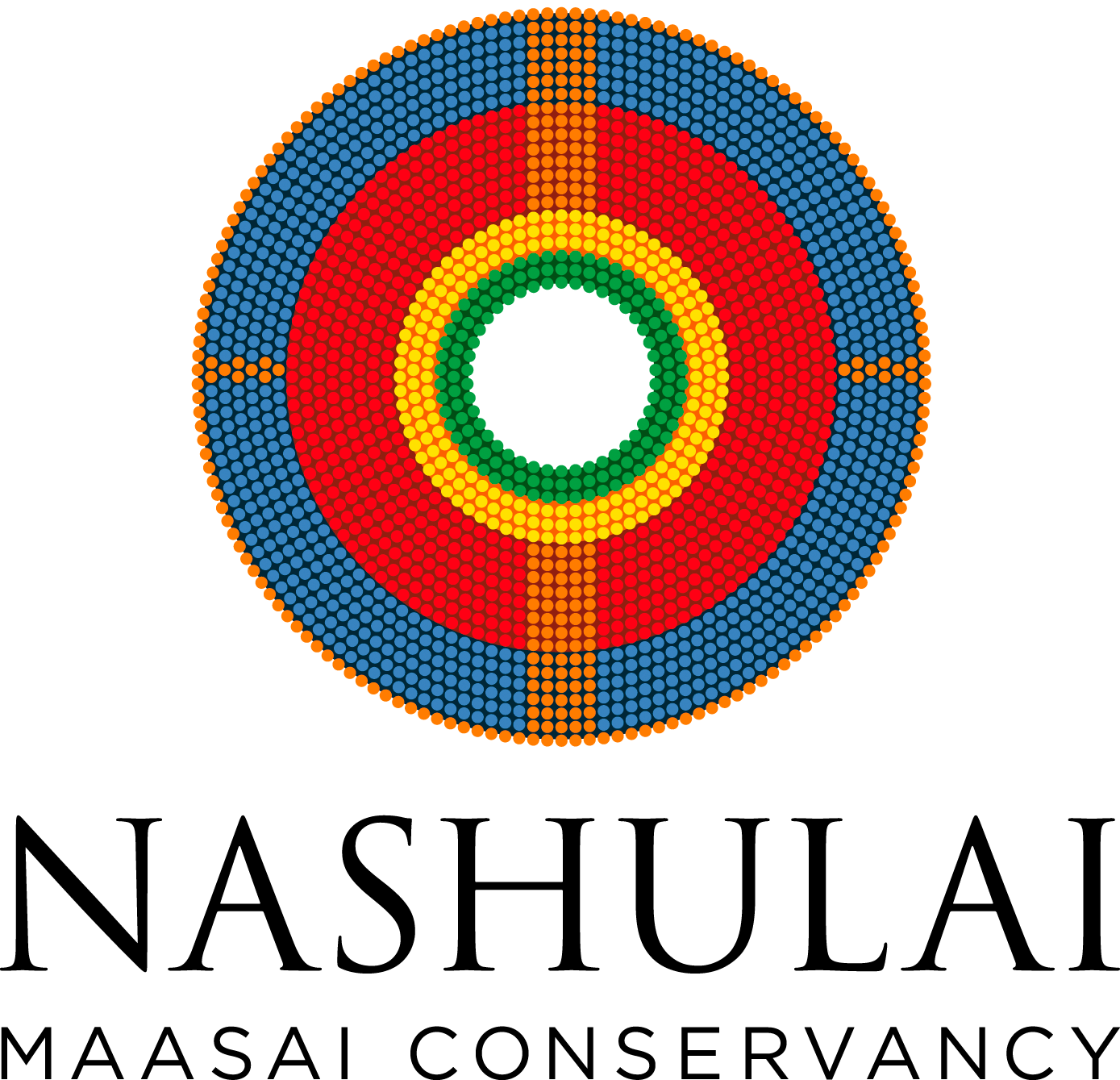A Living Story
Netii Apa (“once, long, long ago”), the Maasai people came down along the Nile River until they found the vast plains and high mountains of the Great Rift Valley (“the cradle of humanity’). Pastoralists, we chose this land for our home. And here we lived, tending our livestock, roaming the vast landscape to find our pastures — as did the other inhabitants of the savannah, large and small: antelope and impala, wildebeest and zebra, giraffe, elephant, tribes of lions and many more…. Life and land interconnected at the very deepest of levels.
Over the centuries we have gained a deep, unmatched knowledge about how to live in this place. It is carried in our stories.
Nashulai: The First Maasai Conservancy in the Maasai Mara
Launched in 14 July, 2016 Nashulai is located in the Maasai Mara, Kenya. Notably, it is the first Maasai conservancy in the Maasai Mara to be created, governed and managed by the people whose ancestors have inhabited this beautiful land for centuries, understand it intimately, and have sustained themselves and their herds in harmony with the natural life of this globally important ecosystem. Our private community-run conservancy is a 5000 acre a triangle of land abutting the Mara National Reserve on one side and two other large conservancies on the others, so it is a “keystone” area in the Maasai Mara ecosystem – a critical migratory corridor (from the Serengeti in Tanzania up through the Mara in Kenya) and ancient elephant nursery. Dickson Kaelo, CEO of the Kenya Wildlife Conservancies Association, says:
“Nashulai is the missing link in the puzzle… the most critical connecting corridor for elephants, lions and other migrating Mara Serengeti wildlife.”
Our mission—Conserve Wildlife>Preserve Culture>Reverse Poverty— is both profoundly simple and very complex, because each dimension is critically interdependent.”
The combined pressures of climate change, habitat depletion, external development, land commodification and poverty have been increasing steadily over the years, imperiling the area’s capacity to sustain the life—human, pastoral and wild—that depends on it. Land was being fenced, and sold off at an alarming rate. With Nelson’s leadership, the landowning families of our community determined to form the conservancy to halt the downward spiral – to remain on the land, to remove the fences and commit to a common usage system, to regenerate the habitat.
Kenya’s leading conservation journalist, John Mbaria wrote: “Nashulai Conservancy is truly a local people’s concern. It is the first ever community-owned wildlife conservancy—created, managed by and for the Maasai people who own not just the land but also direct the initiative. The people’s Conservancy is a unique achievement that promises to inspire a positive change in the entire East Africa region."
“Nashulai’s holistic endeavour is guided by deeply practical traditional knowledge in combination with leading-edge science in wildlife conservation and grasslands management.”
The validity of Nashulai’s approach is reinforced by research studies reported in the Journal of Applied Ecology (2016): “… wildlife has been in free fall across most of Africa. Only local people can reverse the downward spiral. The research illustrates a very positive finding—community conservation allows people to coexist with wildlife by bringing benefits, not costs, to the people who live alongside it.”
Much depends on Nashulai. And it is important to recognize the invaluable contribution of the whole community. Although we are poor we have chosen to see our land not as a commodity but as a commons. Each family could have sold off its own parcel of land, made some much needed money and moved away. Instead, as our Elder and Co-Founder Nelson Ole Reiyia says:
“Our people have rallied together to be stewards of this land, where the bones of our ancestors are buried and for the generations of our children yet to come.”


